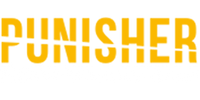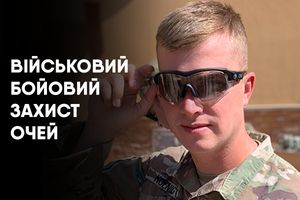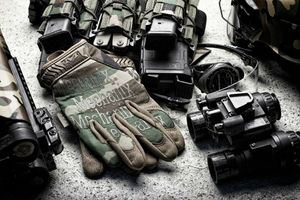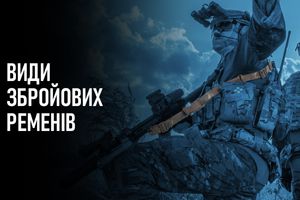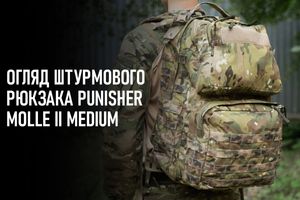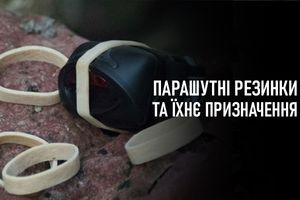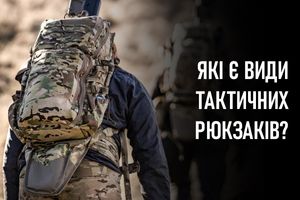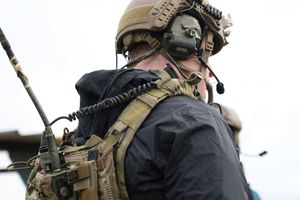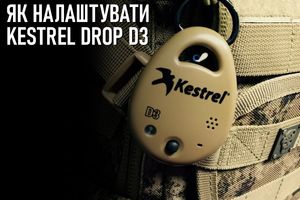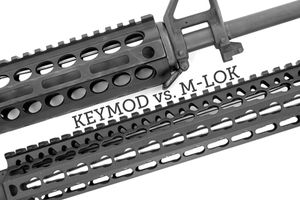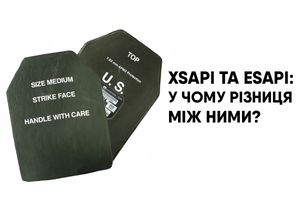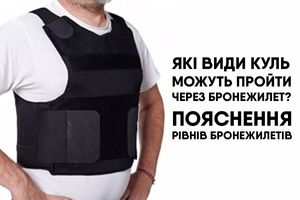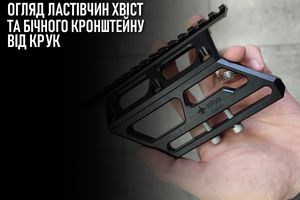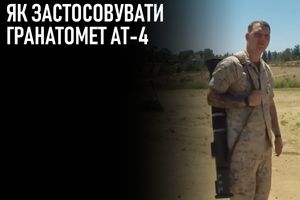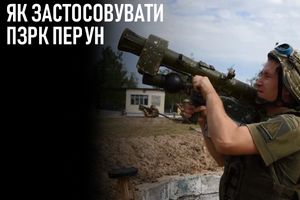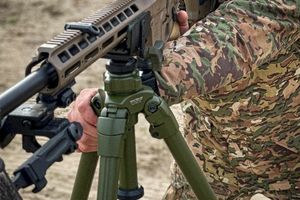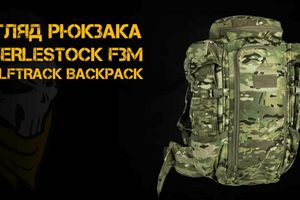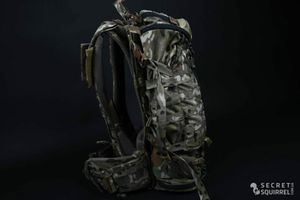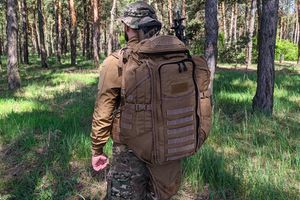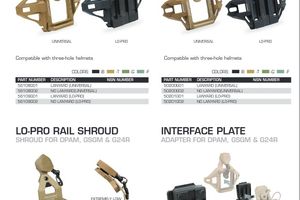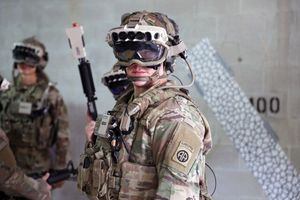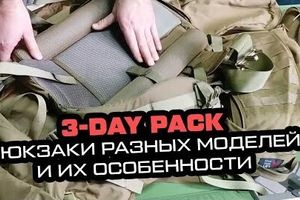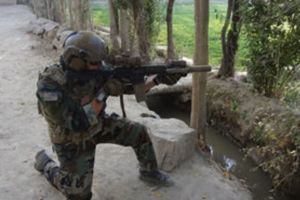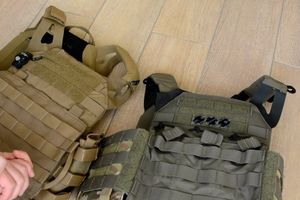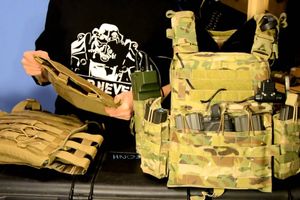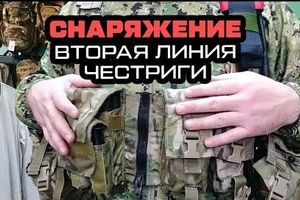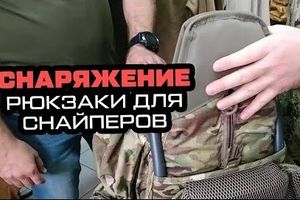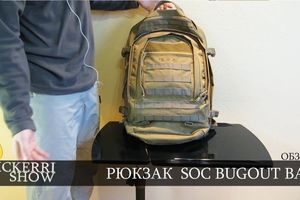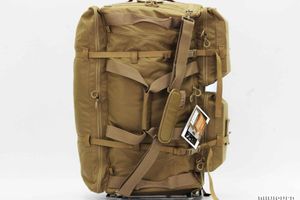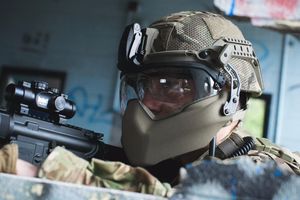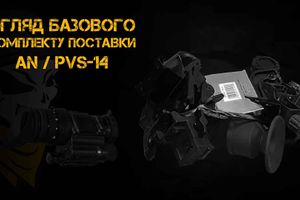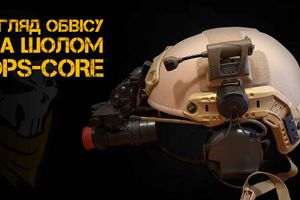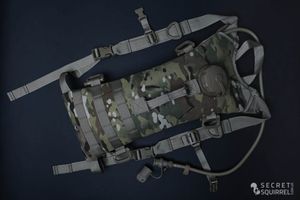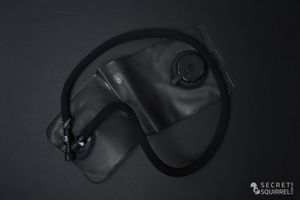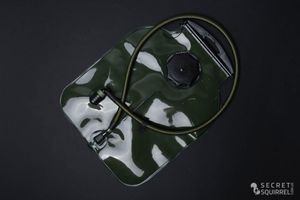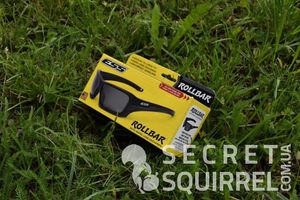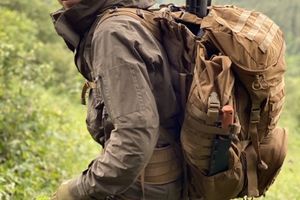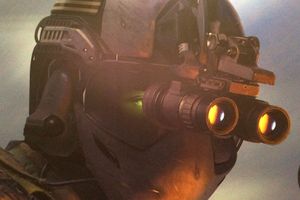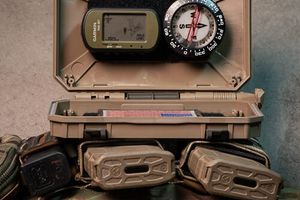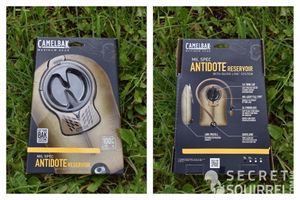Replacing the standard suspension system with the new ACH Head-Loc Retention System X-Nape.

Investigations on this issue led me to the company SKYDEX, which is engaged in the production of energy and vibration-absorbing materials for military and private use. In particular, it offers devices similar to those used on MICH helmets, but from its advanced materials that are able to absorb shock loads better, thereby reducing the level of backward injury, as well as chin straps for the same helmets. I was interested in their Ballistic Helmet Pad Upgrade Kit. Its feature is that it is specially designed to modernise older helmet models, such as PASGT and the similar ones, and, accordingly, includes everything necessary for a complete replacement of the suspension system.
The next one I turned my eyes to was Ops-Core company. I think for those who are interested in modern military theme, they do not need an introduction. From the whole range of their products, I was interested in the ACH Head-Loc Retention System X-Nape chin strap. I chose the X-Nape model, not the H-Nape, because the latter is designed to be mounted on a helmet, which are used with heavy NVDs and have a large number of attachments - this is clearly not my case, and for the same reason, the H-Nape system has a fifth adjustment point on the neck.
And one belt system solved only half of the problem. It was necessary to look for a way out.
First, consider what we will mount on the helmet.
The system will consist of two segments: Pillows from the MICH system and the X-Nape Ops-Core suspension system.

The MICH system "classical" scheme consists of one round pillow, two square and four rectangular, right here, as we see, the scheme is different.

The kit which in the review on NSN: 8470-01-564-1311 is a complete set of "SOF" CONFIGURATION, i.e. not combined arms, but for Special Operations Forces. The difference is that the central round pillow is replaced by two rectangular ones, so that they can be placed at a certain distance from each other and the helmet can be more comfortable to wear with active headphones that have a larger headband. It is clear that with standard headsets such as Bowman there are no such hitches.

The Ops-Core package includes: a belt system, an extension cord, a fleece cover and a set of screws and nuts. From the papers there is a standard instruction (for both versions X and H) and a separate guide for dismantling the neck bridge for H-Nape.
The extension cord is fastened to wear a helmet with a gas mask without changing the adjustment of the chin strap. In this case, the chin strap does not put on the chin itself, but passes lower, closer to the neck. A fleece cap is put on top of it so that the sling does not rub on the neck, which is possible when wearing some models of gas masks.

Installation Instructions.

Despite the fact that this Ops-Core product can be installed on a fairly wide range of helmets, all the same, the main target audience is MICH / ACH / LWH helmets, and in this regard, the fastening elements are sharpened specifically for them. As you know, on these models holes were made for fastening chin straps, into which screws are inserted from the outside. Complete screws (they even have a threaded lock) are copied standard, but the nuts are special. They have a rim that sits in the seats at the ends of the belt (they are plastic, if you did not pay attention) and firmly fix the entire belt system in a certain position.
After familiarization, we proceed to dismantle the old suspension system.

The first question that arises during the installation of pillows: what are these pillows to fix? We need a set of velcro panels that are glued to the inner surface of the helmet, but they weren’t included in the set, because all the elements are supposed to be installed on the MICH, on which they are installed normally. There should be 18 circles with a diameter of 1 7/8 "- this is 47mm.

In general, everything is simple - 10 circles in a circle and 8 inside in two lines, but there is one caveat: Velcro should be located next to the grommets. There are only 6 of them: one on the frontal and back sides and two on each side. This is necessary so that they can be covered with pillows and thereby protect the head from the metal parts of the helmet. By the way, the Ops-Core in the instructions draws attention to this.

The next subtle point is the attachment of the chin belt system to the helmet. As we remember for this, MICH has a screw inserted from the outside, and a nut located inside.
Actually, to install the belt, you need four screws with an M4 thread of a standard step with a countersunk head (this is very important). The optimum screw length is 15mm, but 12mm is also suitable if it is strained with fasteners. I think from the photo above the idea is clear: the standard Ops-Core nut plays the role of a washer that correctly positions the belt system and centers the screw. During assembly, I applied a little blue thread lock to the screws, but this is purely optional.

Illustration to why screws should have a countersunk head.
The hole in the nut has a fillet in which the screw head is hidden. As a result, nothing sticks out, does not stick out and does not threaten to break through your temple in the event of a strong blow to the helmet. After tightening, the belt system sits on the helmet like a glove.

General view of the helmet with an installed chin belt system.

Well, the final stage is the placement of pillows. The main thing here is to close the front and rear grommets with square pillows, and place the four rectangular ones as close as possible to the points of attachment of the chin strap - all in order not to injure yourself with a helmet. By changing the distance between the two central pillows, you can slightly adjust the depth of the helmet on the head. In general, the placement of pillows is an individual process - for each under his own head.

Actually, as a result of these works it looks on the head.
To say that wearing a helmet in terms of comfort has reached a completely different level, I think it makes no sense - this is already so clear. The degree of fixation on the head is also incomparable - as you don’t shake your head, and the helmet sits clearly in one place. If you wish, you can push it lower on the eyebrows and at the same time be sure that he will not move in front of your eyes.

